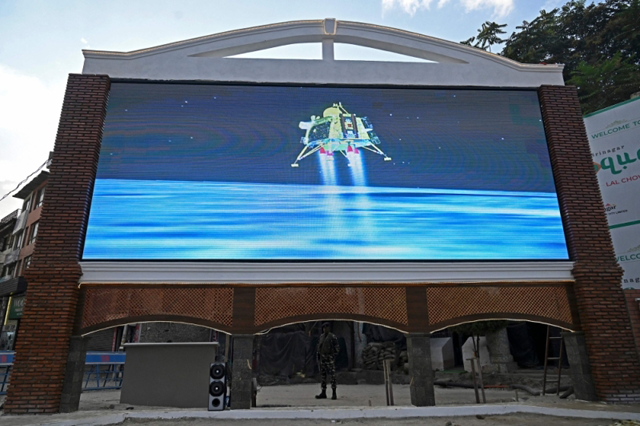You are here
Climate change is happening on Mars, where an ice age is coming to an end
By Los Angeles Times (TNS) - May 28,2016 - Last updated at May 28,2016
By examining swirling patterns left in ice topping the Red Planet’s north pole, scientists using radar data from NASA’s Mars Reconnaissance Orbiter have put together an unprecedented look into our rusty neighbour’s most recent ice age.
The findings, published in the journal Science, offer fresh insight into the dynamics of the Martian climate — and might even prove useful in understanding climate change on the Earth.
Mars, like Earth, experiences ice ages, but the mechanics are quite different. On the Earth, ice gathers at the poles as the temperature drops, spreading to other high latitudes. But Mars has a tilt with a pretty extreme wobble: It’s currently tilted about 25 degrees but can lean all the way over to about 60 degrees, compared with Earth’s, which stays between a narrow range of about 22 to 25 degrees.
These tilt cycles take eons to complete, but when that tilt is at its most extreme, Mars looks like it’s nearly lying on its side — which means its poles become very warm, and all that water ice turns into vapour in the atmosphere and recollects around the planet’s mid-latitudes.
So on Mars, an ice age actually means less ice at the poles, and more near the middle. If we were to see it then, we might not recognise it.
“Right now Mars is… the closest [to Earth] it’s been in 13 years, and it’s just this bright red jewel in the sky,” said lead author Isaac Smith, a planetary scientist at the Planetary Science Institute in Tucson, Ariz. “But if you were to live half-a-million years ago or half-a-million years in the future, it would look kind of a pinkish color instead of red.”
Smith was studying great spiraling patterns carved into the ice by the winds around the northern pole, which can reach lengths of about 500 miles and depths of half a mile. But he noticed on the uneven terrain there appeared to be layers that had been deposited uniformly across the ice cap — a sudden change that signalled a shift from erosion to deposition. At some point in time, the polar cap, instead of being carved in bits and pieces, suddenly (on a geological scale, anyway) received a whole lot of water ice.
“It was kind of a lucky find, actually, that we noticed that these layers were changing all at the same time,” said Smith, who did the work while at the Southwest Research Institute in Boulder, Colo.
The researchers used the orbiter’s Shallow Subsurface Radar, or SHARAD for short, to reconstruct and examine the various layers beneath the surface. They found that about 87,000 cubic kilometres of ice have accumulated at the poles since the last ice age ended around 370,000 years ago. That volume of ice would be enough to cover the entire planet in a frozen layer 2 feet deep.
Their findings also match well with models previously published by other groups, Smith added.
He said he hoped to continue looking at even deeper layers of polar ice, because there might be further ancient climate signals trapped in the ice. And researchers also hope to better examine the cap at the south pole, whose ice is largely obscured by dust.
The research could ultimately help scientists better understand climate change on the Earth, Smith added.
“Mars, without oceans and without biology, is a more simple laboratory in a sense to understand the physics of climate,” he said.
Related Articles
Gullies on Mars that appeared to have possibly been carved by water were probably dug out by great chunks of dry ice, a pair of French
NEW DELHI — Days after becoming the first nation to land a craft near the Moon’s largely unexplored south pole, India’s space agency said on
A comet the size of a small mountain and about as solid as a pile of talcum powder whizzed past Mars on Sunday, dazzling space enthusiasts with the once-in-a-million-years encounter.
















